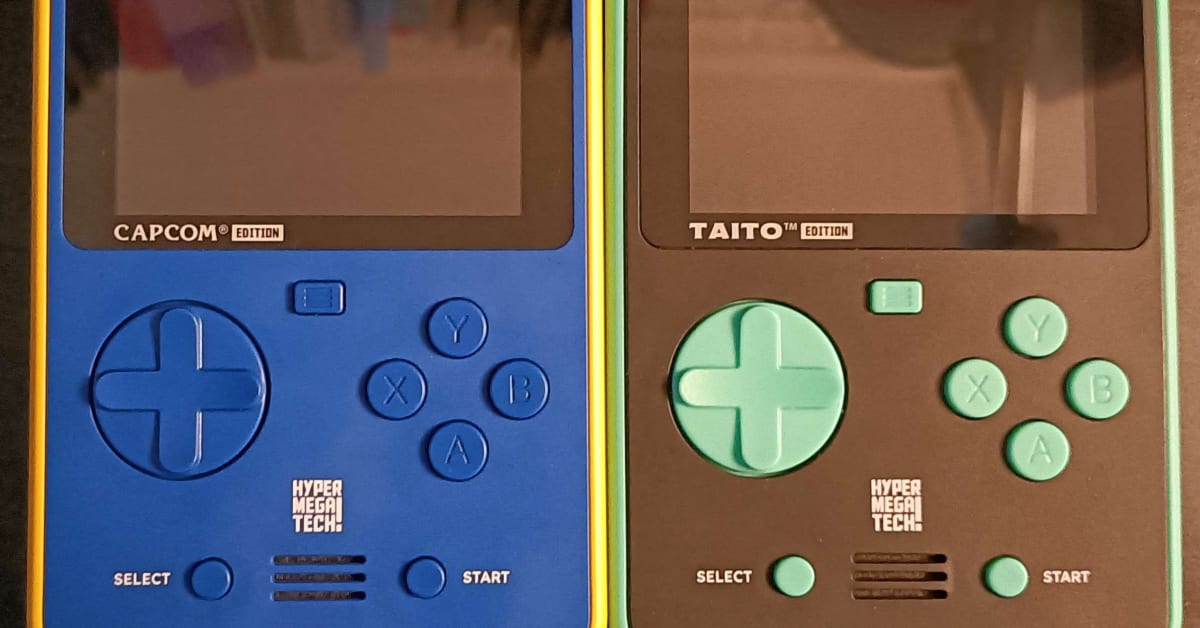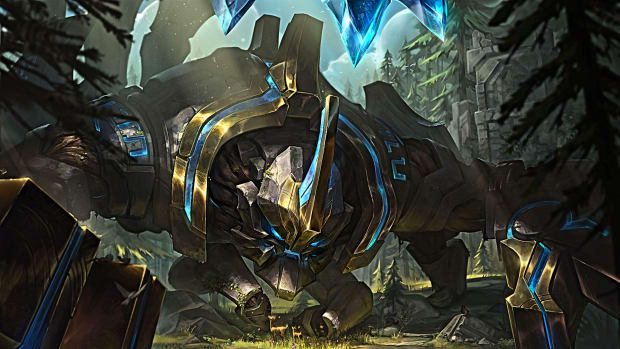
Taito & Capcom Super Pocket review: A portable portrait of gaming past
Handheld gaming has made a resurgence long after a number of companies gave up on it. The Switch showed console makers that handheld gaming is here to stay, and this success was followed by the popularity of the Steam Deck. Portable gaming might not look like playing a Game Boy by street lights, but it is very much still here.
The Super Pocket is here to help you relive those days sitting in the back of your mom’s van. It is pleasingly Game Boy Pocket-shaped, though it feels a lot more slick and modern. The IPS screen is a huge improvement over the standard LCD and keeps the image sharp and crisp. It’s also backlit, so you don’t need to crack out the wormlight. The screen is a little larger than the Game Boy’s, but don’t expect anything too easy on older eyes. In a world of pocket computers, we often expect screens to be a little bigger, but this one does serve its purpose.

The Super Pocket has two editions, Capcom and Taito, each with built-in retro games from the respective publisher.
Blaze Entertainment
There are a few other benefits over the older portables it emulates. When fully charged, the battery will keep you playing for a surprisingly long time – around 5-6 hours in our testing – but then the retro games it houses are far less intensive than what most consoles these days are running. The Capcom console comes with 12 built-in games, the highlights being Mega Man, Ghouls ‘n’ Ghosts, Final Fight, Street Fighter 2, and Strider. The Taito version has 18 games, but they are shorter titles overall. From here, you’ll want to look out for Puzzle and Bubble Bobble, Space Invaders, and Elevator Action.
If you remember any of these games, then you will remember that they were developed to be intentionally difficult in order to bag more quarters from kids. Both Super Pockets have an ‘Easy’ mode, which puts the difficulty more in line with the console versions compared to the arcade versions, but this in no way means the games are easy. Each game has up to six save slots that will make them completable by today’s standards, rather than relying on punishing live systems.
What makes the Super Pocket an improvement over many pre-loaded mini consoles is the option to expand its library. Both Super Pockets are compatible with the Evercade cartridges, which can significantly expand the library of games, with titles available from almost every single retro console system. In fact, one of the best things about Super Pocket is that it is the cheapest console that will play Evercade cartridges, and is perfect for those who prefer the portability of a Game Boy-like Super Pocket, over the traditional Evercade.

The option to play games from Evercade cartridges is what sets the Super Pocket apart from many other mini retro consoles with pre-installed titles.
Georgina Young / GLHF
While the consoles are modern, the games are firmly retro, and there are plenty of pros and cons that come with this. I played the entirety of Mega Man, and it still comes with horrendous lag if more than a few sprites are on the screen. This can be used to your advantage to slow down enemies, or despawn them, but it’s not what most people expect from a modern game. You won’t have these problems with say Puzzle Bobble, but the lag and screen tearing from the original games – where this was present in the original games – are faithfully recreated.
The Super Pocket is the perfect portable console for long-time retro fanatics, but those who don’t know what this type of retro is won’t see the improvements needed to bring the games to the modern era. However, if you are looking to return to the good old days, and kick back with some Space Invaders, this is the perfect way to do it, even if it won’t be the most used console in the home.


